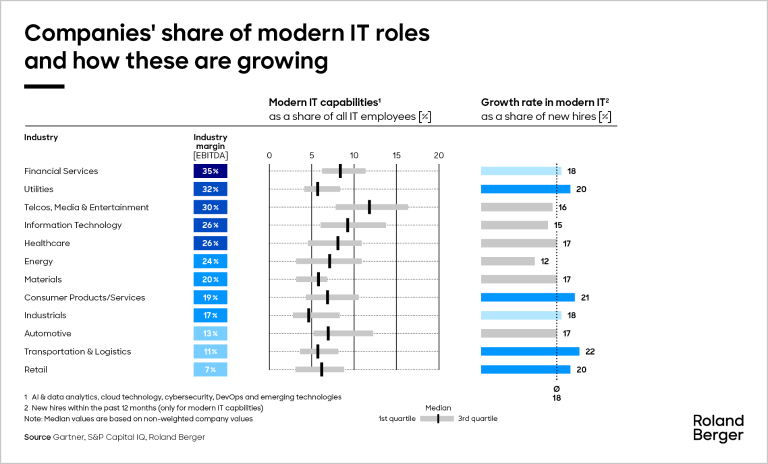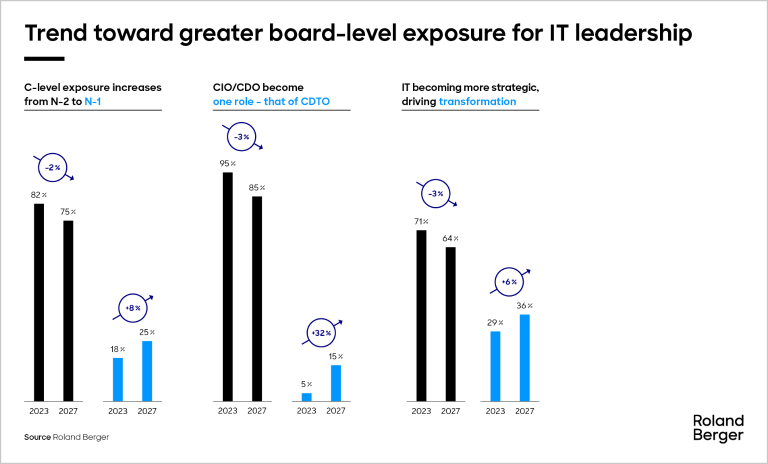Migrating to S4/HANA can be a major challenge for companies. We examine the pitfalls and identify best practices so you can reap the benefits in full.
Aiming higher in the digital space
![{[downloads[language].preview]}](https://www.rolandberger.com/publications/publication_image/Roland_Berger_INS_1150_Beyond_efficiency_gains-Decoding_IT_for_modern_organizati_download_preview.jpg)
In-depth study examining recruiting and organizational challenges as companies seek to take modern IT into the realms of strategic transformation.










_person_144.png?v=1034513)








_person_144.png?v=1577798)